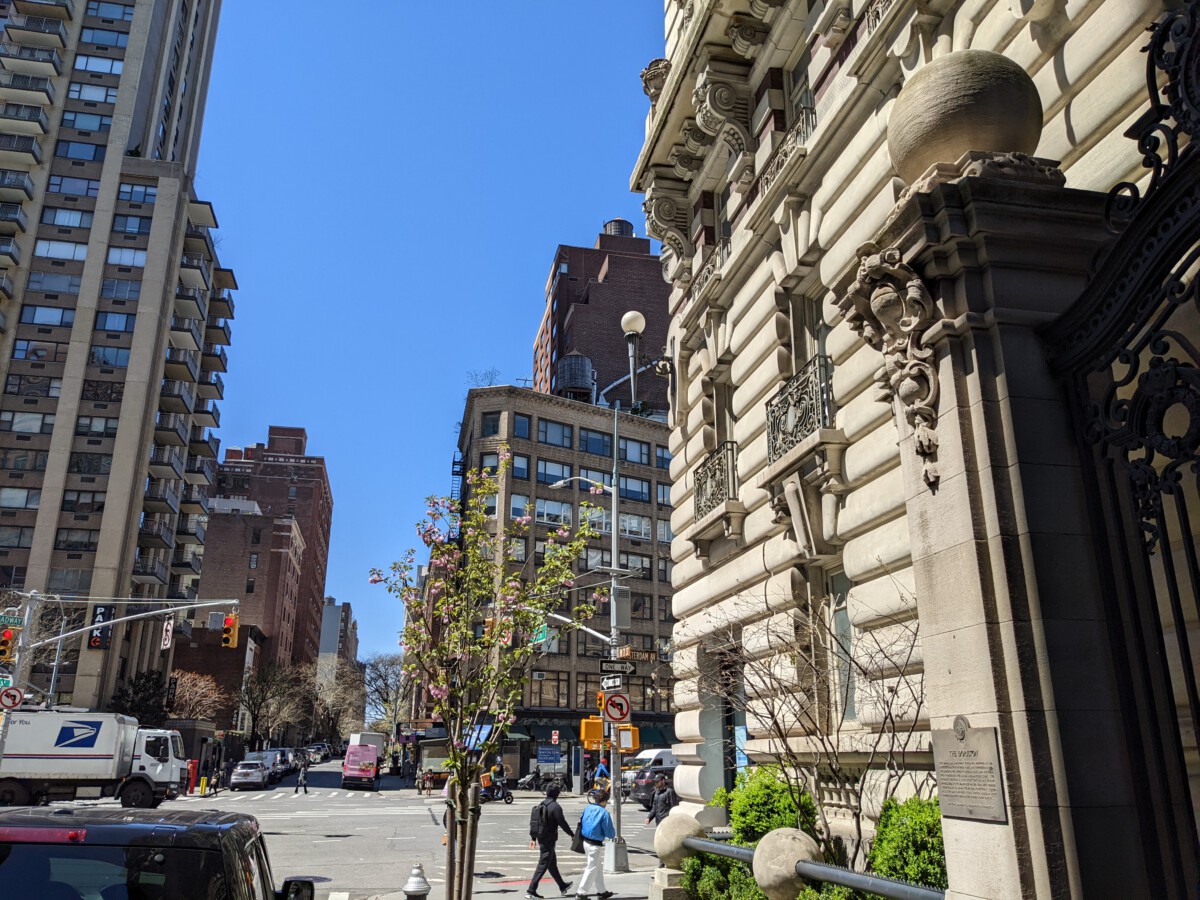The Fragility of Natural Wonders

American landmarks are not just historical monuments but also natural wonders that captivate the imagination of millions. These landmarks, however, are often at the mercy of environmental factors that are beyond human control. Among these, some are experiencing changes that are gradually leading to their disappearance. This is a concern not only for the United States but for the world as a whole, as these sites hold immense cultural and ecological value. A landmark like the Everglades, for instance, is a vast network of wetlands that is slowly diminishing due to various factors. The very elements that make these landmarks enchanting also make them vulnerable. Understanding their fragility is crucial to taking steps that can slow or prevent their disappearance.
Human Impact: A Double-Edged Sword

Human activity has a profound impact on the environment, and while it has led to remarkable advancements, it has also resulted in adverse consequences for natural landmarks. For example, pollution, urban development, and deforestation have all contributed to the degradation of these sites. The Great Smoky Mountains, for instance, are known for their misty appearance, yet this mist is often intensified by air pollution from nearby cities and industries. This pollution not only impacts visibility but also damages the delicate ecosystem. It’s a classic case of a double-edged sword where human progress often comes at the cost of natural beauty.
Climate Change: The Unseen Threat

Climate change is perhaps the most insidious threat to American landmarks. Rising temperatures, changing precipitation patterns, and extreme weather events all play a role in altering these natural wonders. Glacier National Park, for example, has seen its glaciers shrink dramatically over the past century. As glaciers melt, they not only lose their iconic status but also affect the surrounding ecosystems dependent on them. This unseen threat is a silent killer, eroding landmarks gradually without immediate visible effects, making it harder for people to grasp the urgency of the situation.
The Role of Conservation Efforts

Conservation efforts are crucial in the fight to preserve American landmarks. Organizations and government bodies are actively working to protect these sites from further degradation. Efforts such as reforestation, pollution control, and habitat restoration are being implemented to slow the disappearance. For the Grand Canyon, initiatives to manage tourism and reduce litter have been essential in maintaining its pristine condition. While these efforts are commendable, they require significant resources and public support to be effective. The role of conservation is a beacon of hope, illustrating that while challenges exist, solutions are also within reach.
Economic Factors at Play

The economic implications of disappearing landmarks are significant. These sites are not only cultural treasures but also economic powerhouses, attracting tourists from around the globe. The loss of such landmarks could lead to a decline in tourism, impacting local economies that depend heavily on this industry. For instance, Yellowstone National Park generates millions in revenue annually, supporting thousands of jobs in the region. The economic factors at play highlight the need for sustainable tourism practices that balance economic gain with environmental responsibility.
The Power of Awareness and Education

Raising awareness and educating the public about the challenges facing American landmarks is a critical step in ensuring their preservation. Many people are unaware of the threats these sites face and the role they can play in protecting them. Educational programs, documentaries, and social media campaigns can help spread the message. By understanding the issues, individuals can make informed decisions, from reducing their carbon footprint to supporting conservation initiatives. The power of awareness lies in its ability to inspire collective action, turning knowledge into meaningful change.
Technological Innovations in Preservation

Technology offers innovative solutions for preserving American landmarks. From satellite monitoring to advanced modeling software, technology is being harnessed to better understand and protect these sites. Drones, for instance, are used to monitor changes in landscape and detect signs of degradation. These technological advancements provide valuable data that can guide conservation strategies. While technology is not a panacea, it is an invaluable tool in the arsenal to combat the challenges these landmarks face.
Community Involvement: A Grassroots Approach

Community involvement is a powerful force in the preservation of American landmarks. Local communities have a vested interest in protecting these sites, as they are often intertwined with their identity and livelihoods. Grassroots initiatives, such as clean-up drives and local advocacy groups, play a significant role in conservation efforts. These community-led actions demonstrate that everyone has a part to play in preserving natural wonders. The grassroots approach emphasizes the collective responsibility we all share in safeguarding these treasures for future generations.
Government Policies and Regulations

Government policies and regulations are essential in the effort to protect disappearing landmarks. Legislation can provide the framework for conservation efforts, from designating protected areas to enforcing environmental standards. Policies such as the Clean Air Act and the Endangered Species Act have had a positive impact on preserving natural landmarks. However, these regulations must be continually updated to address emerging challenges. The role of government is pivotal, as it can implement widespread changes that individual efforts cannot achieve alone.
The Legacy We Leave Behind

The gradual disappearance of American landmarks is a reminder of the legacy we leave behind. These sites are more than just destinations; they are integral to our natural heritage. The actions we take today will determine the state of these landmarks for future generations. It is a call to action to preserve not only the physical beauty but also the cultural and ecological significance of these wonders. The legacy we leave is a testament to our values and our commitment to nurturing the environment we inhabit.






